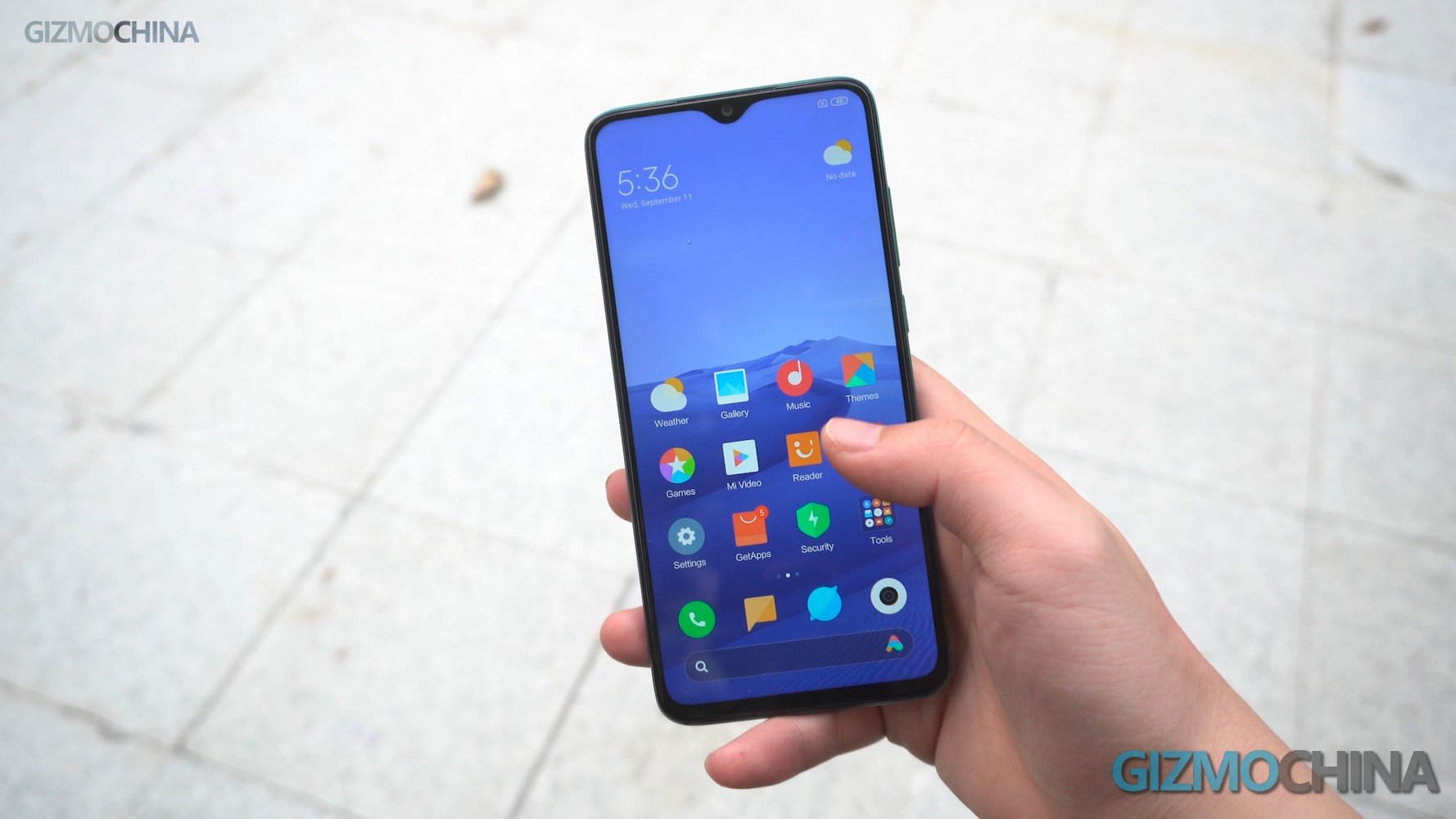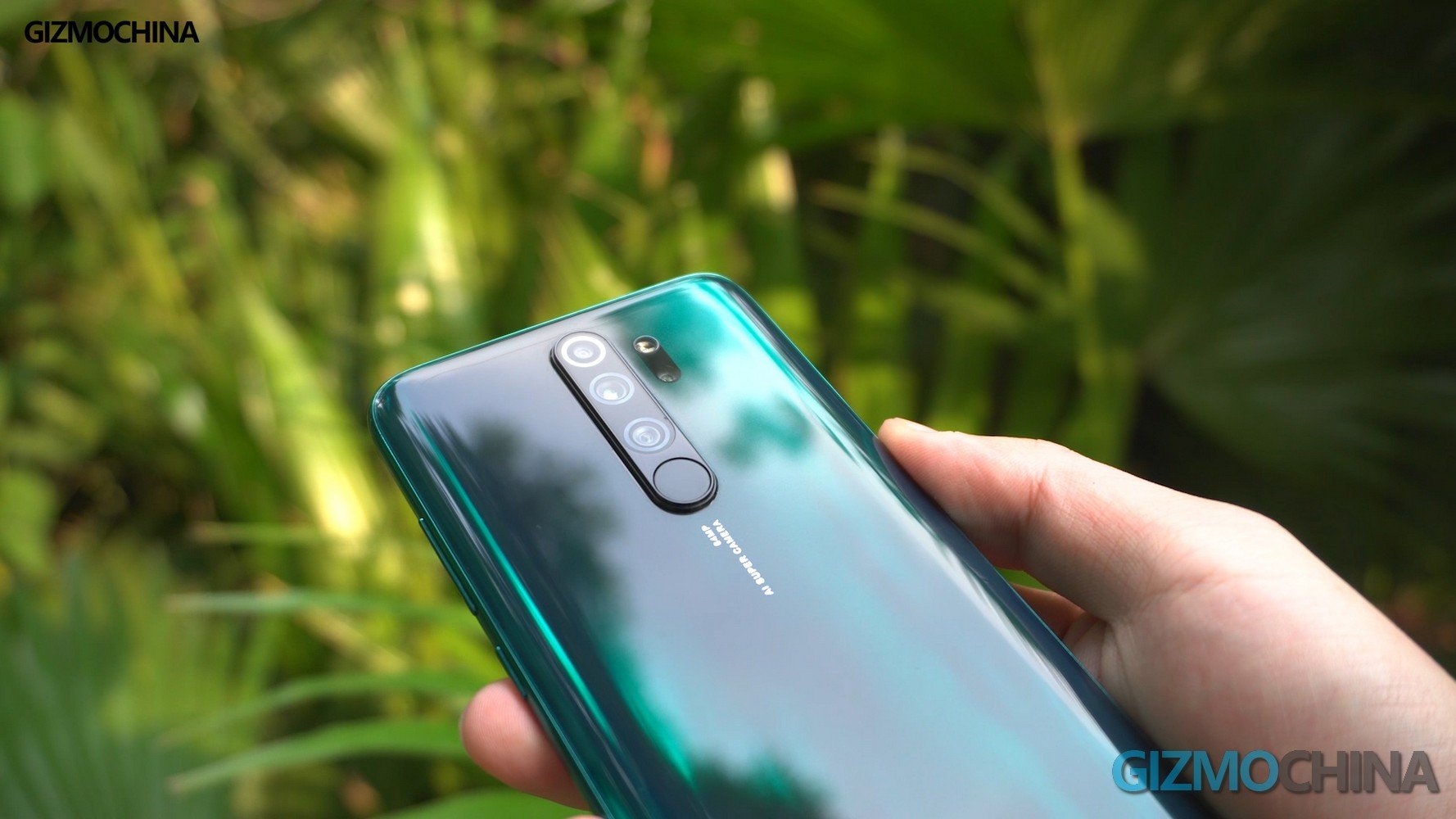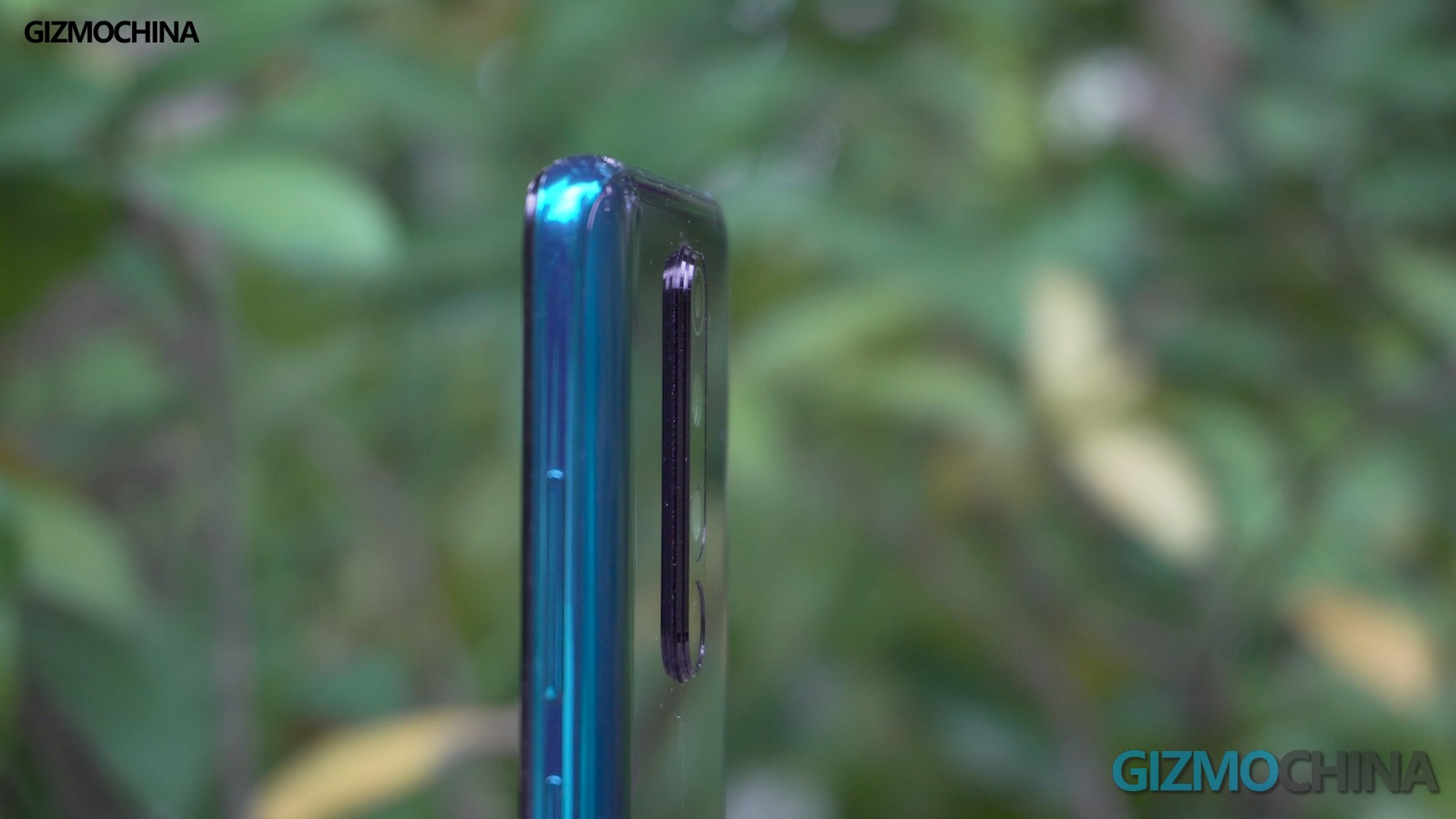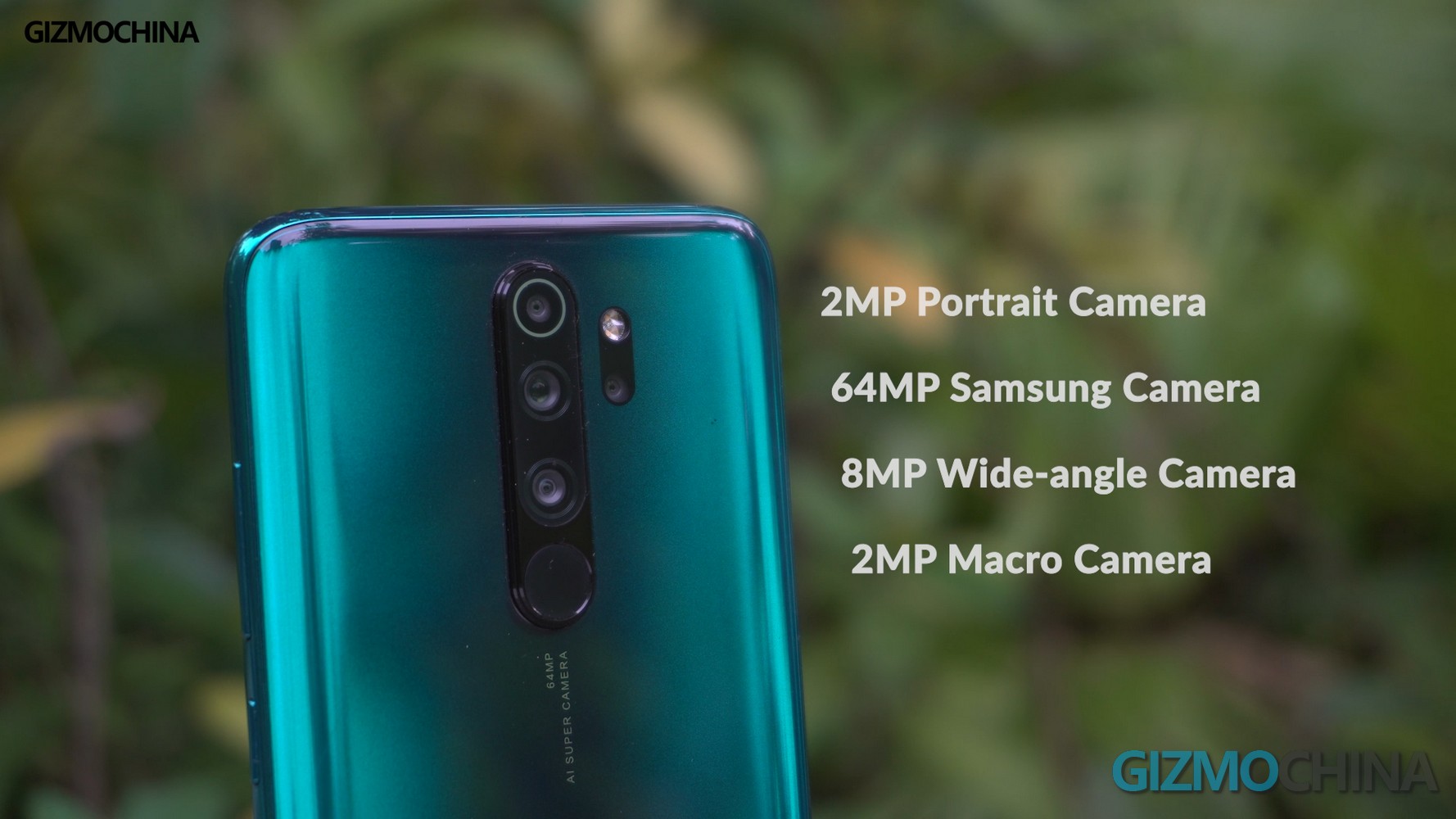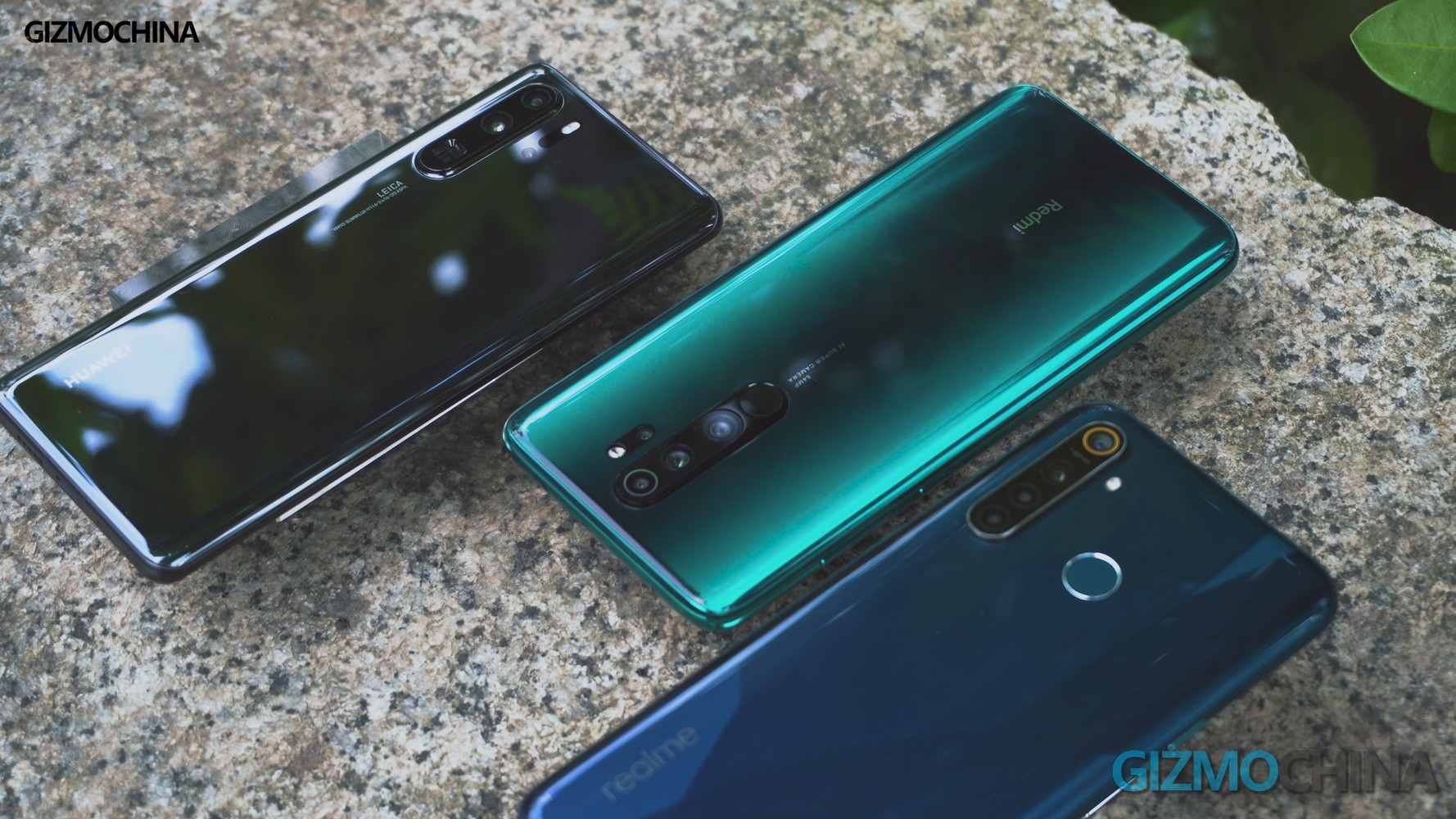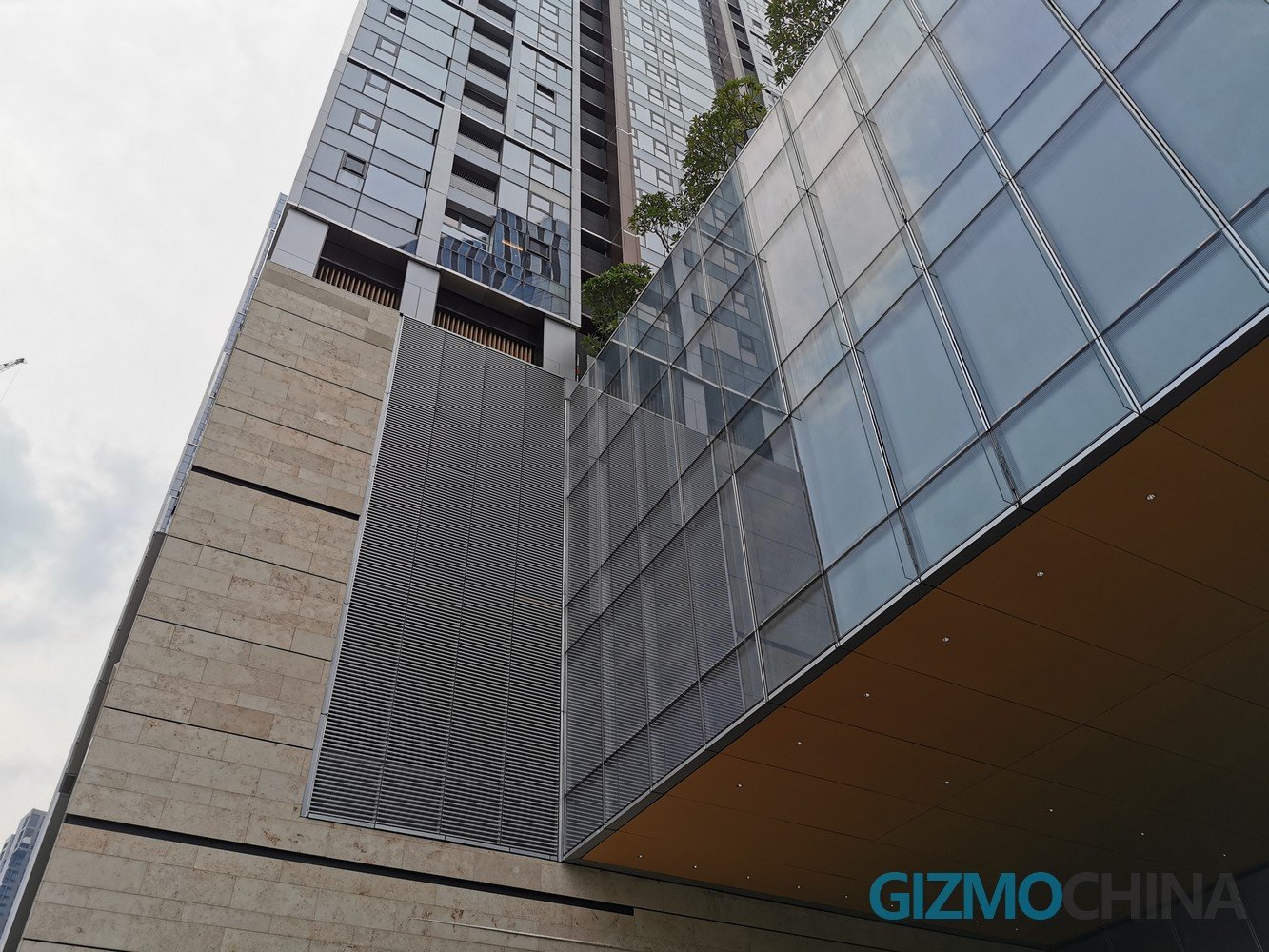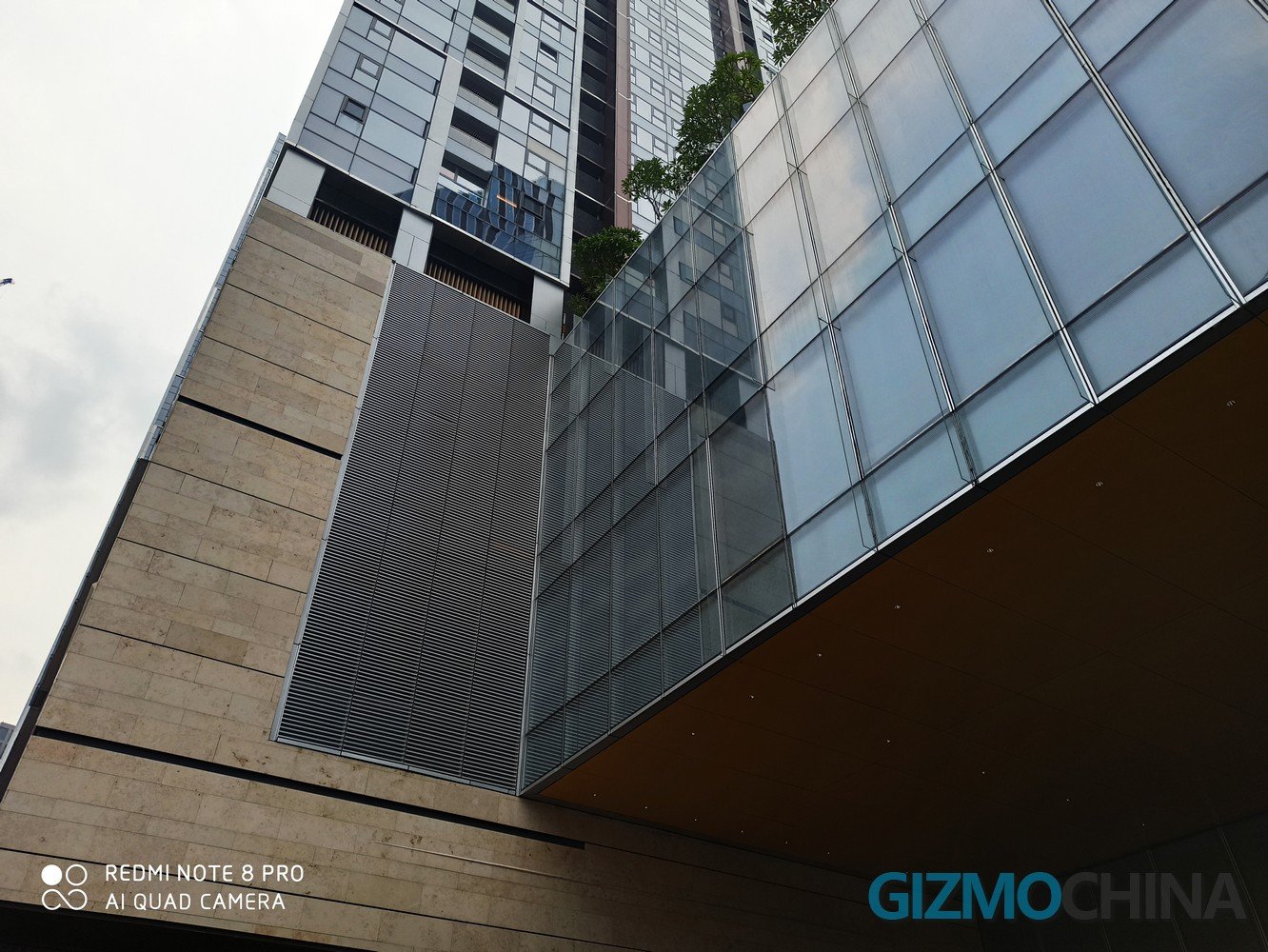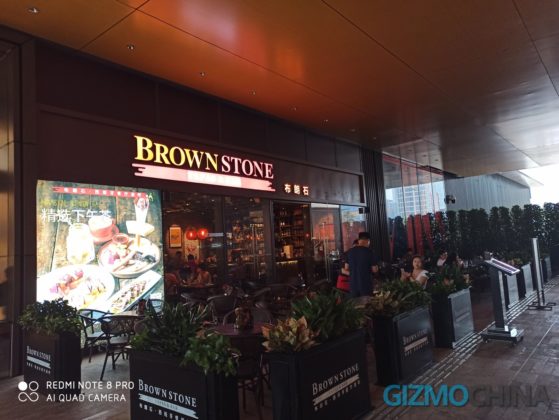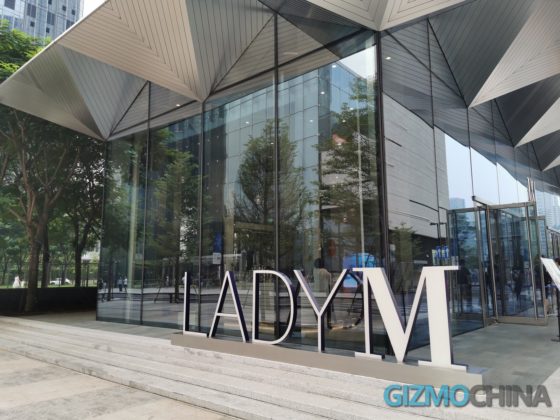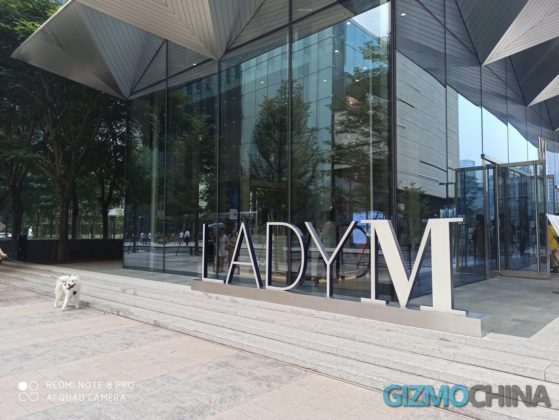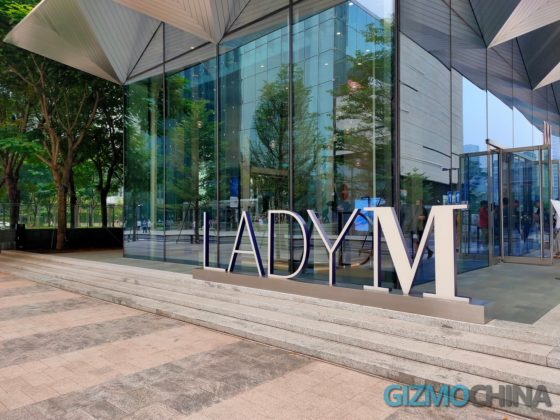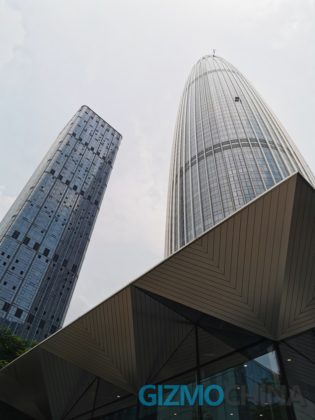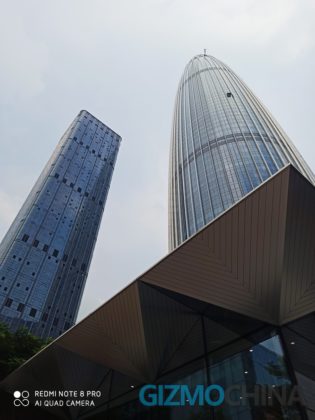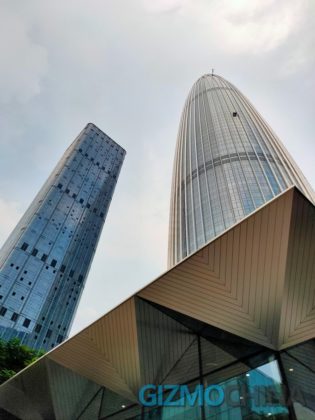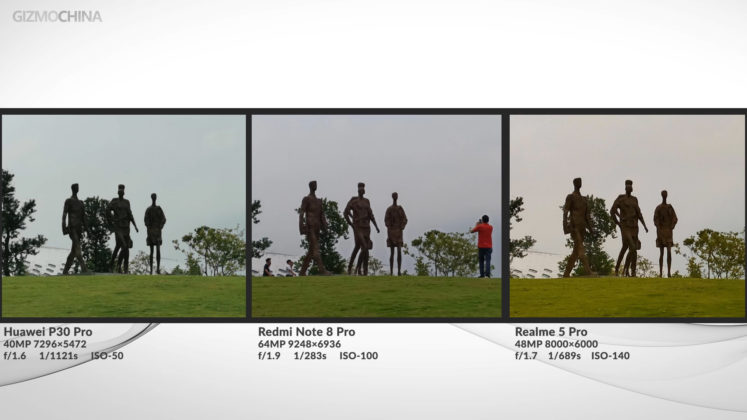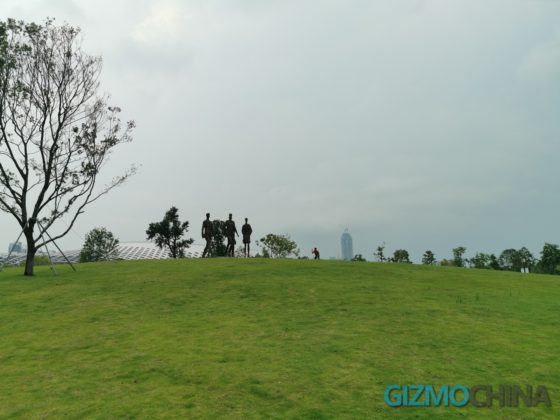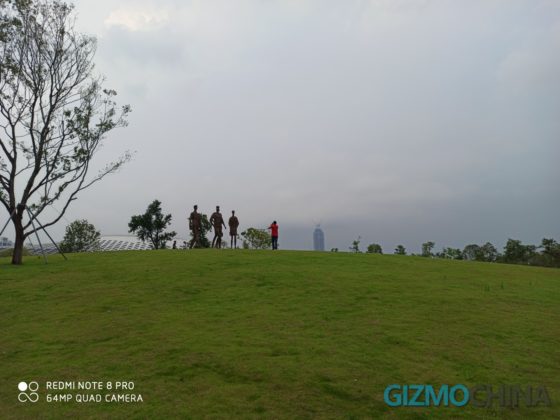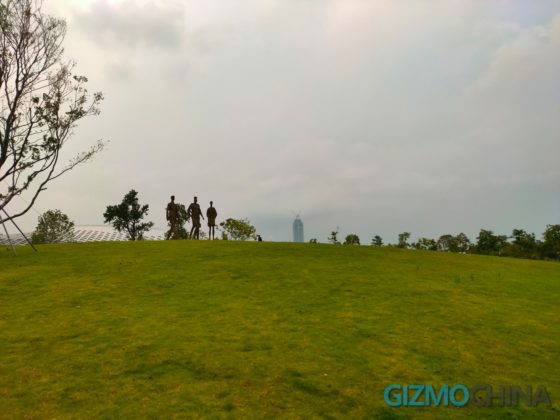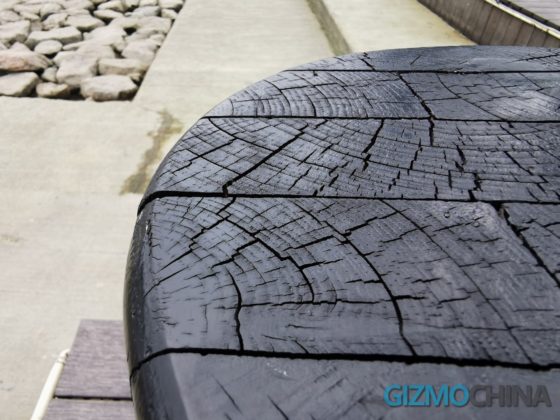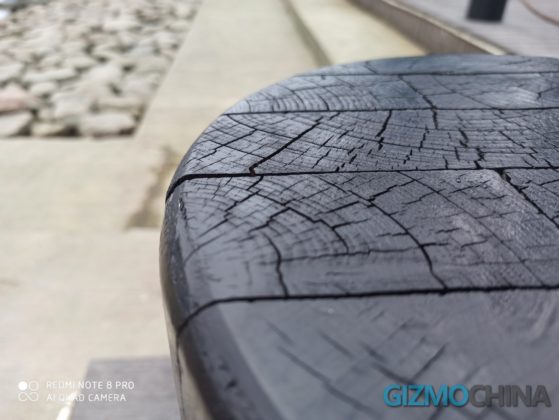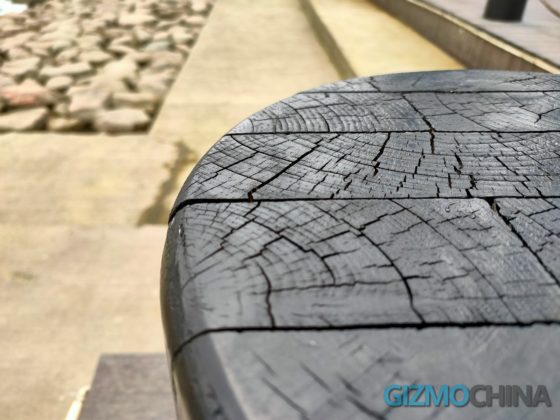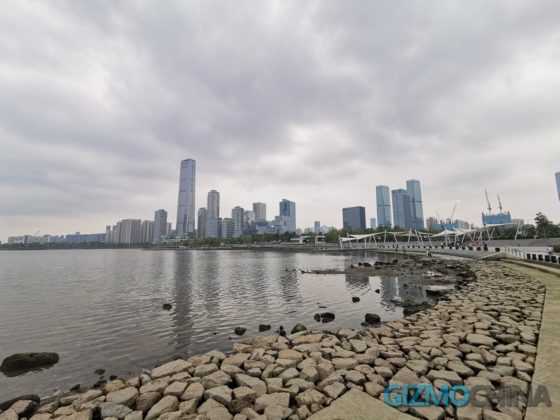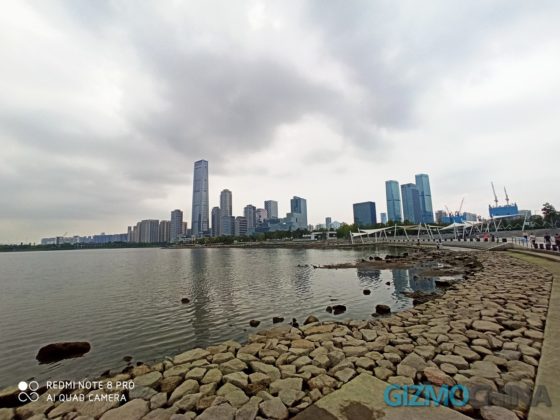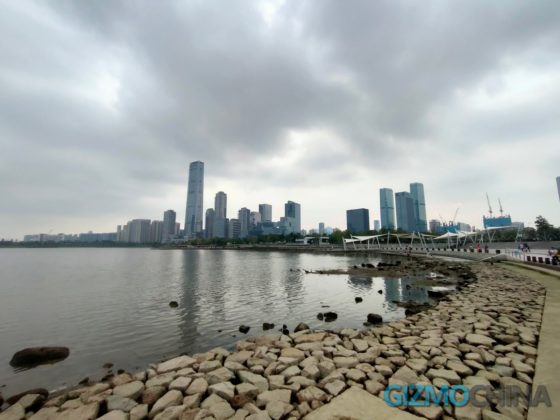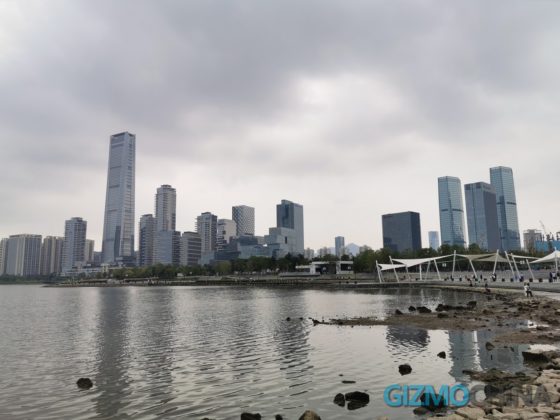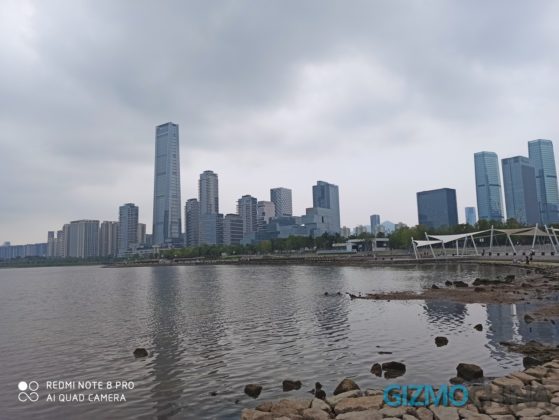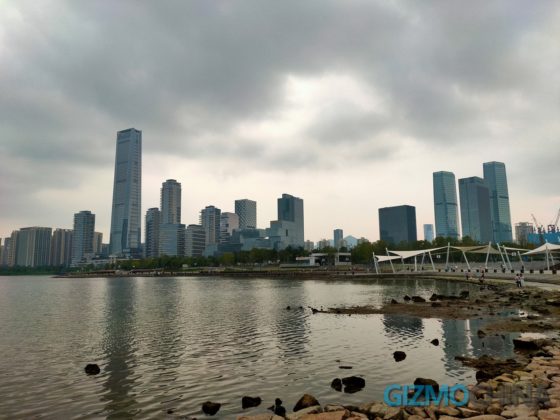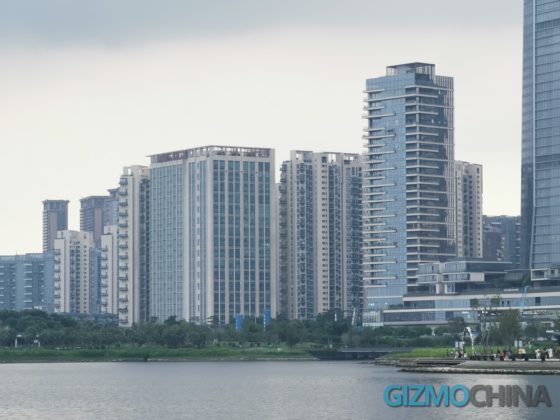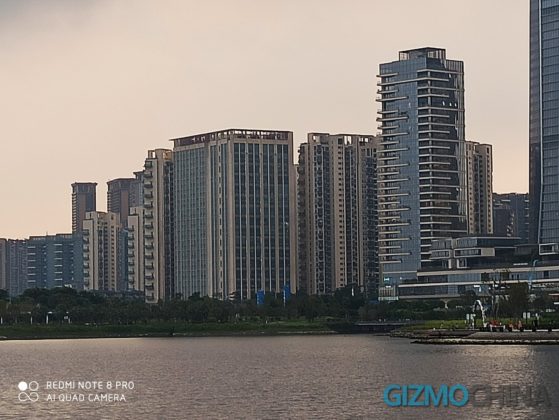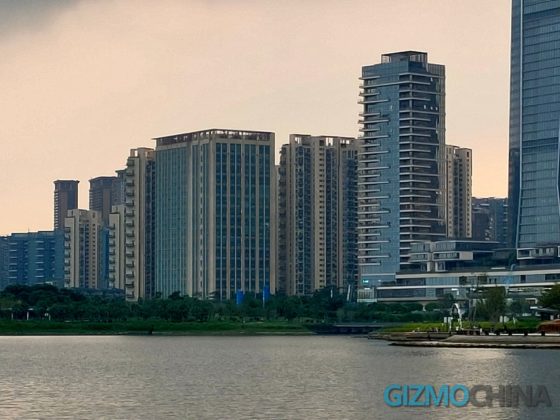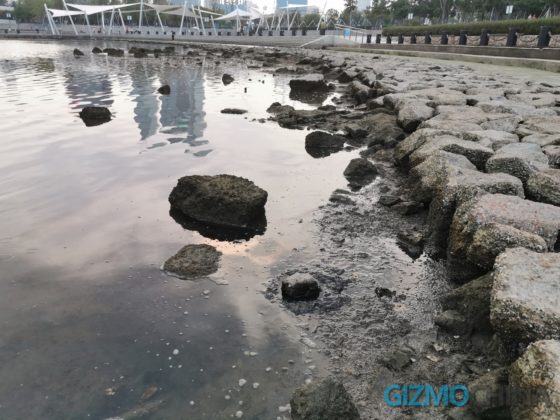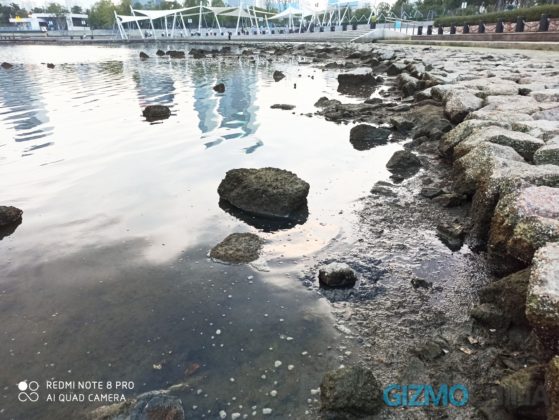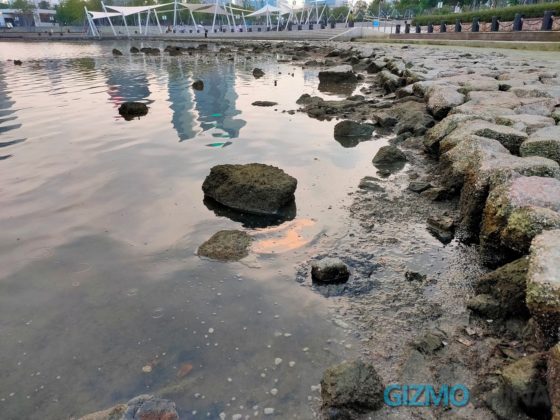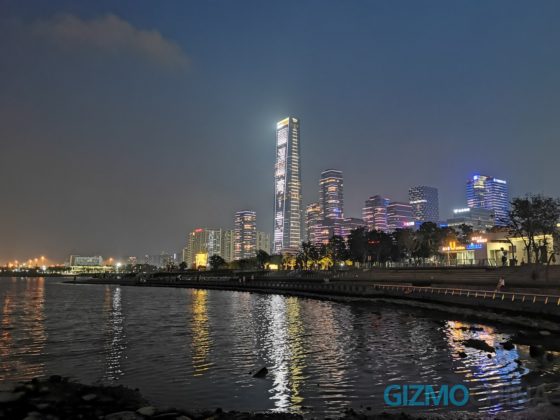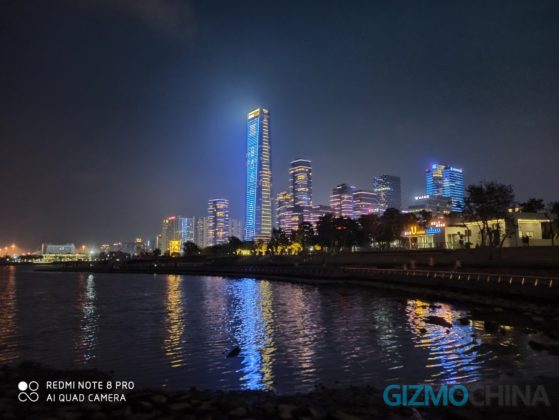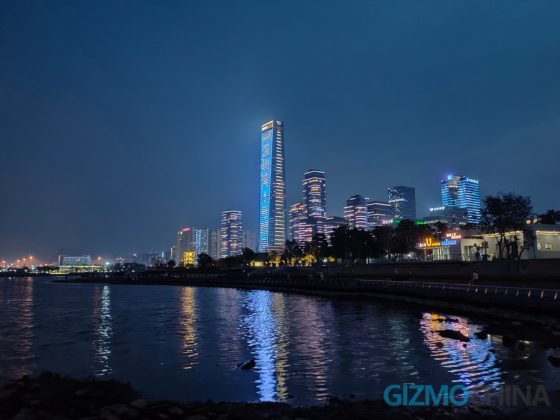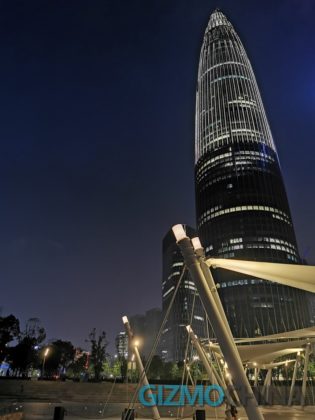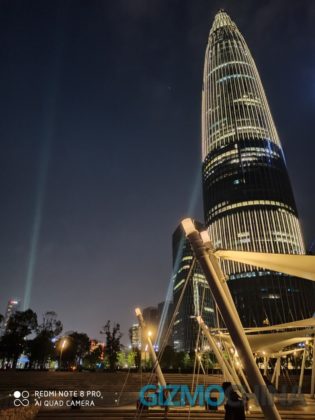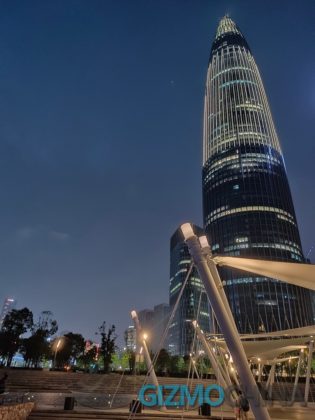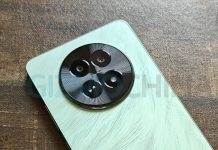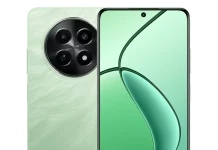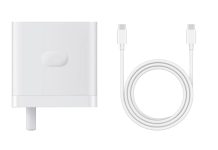64MP camera & MTK Helio G90T
We are used to seeing new technologies featured on mainstream flagships. But recently, Redmi changed our imagination with the newly released Redmi Note 8 Pro: a true mid-range phone with an outstanding camera setup. A few months ago, Samsung released its latest phone camera sensor, the GW1 sensor, with a 64MP resolution. After its release, a competition started among smartphone makers, especially between Xiaomi and Realme to release the first phone with this sensor. And now, the winner is in our hands, the Redmi Note 8 Pro, the first smartphone with a 64MP-resolution camera.
The camera is not the only highlight of the Redmi Note 8 Pro. The phone is also the first phone to come with the MTK Helio G90T CPU. This new chip is a high-performance CPU targeted at the gaming market.
For convenience, we will divide the full review into two parts. We first bring the Redmi Note 8 Pro vs. Realme 5 Pro vs. Huawei P30 Pro camera comparison in this review, and in the next one, we will show you our test results on its gaming performance.
Redmi Note 8 Pro: Camera
The vertical arrangement of the cameras on the RN8Pro is similar to the symmetrical setup on the Redmi K20 series. And it’s pretty smart that the fingerprint reader is right at the bottom of this vertical arrangement. The fingerprint reader is smaller in size but offers a superfast unlocking experience.
An issue is that the camera housing protrudes quite a bit. But it has a similar hands-on feeling to the design of the OnePlus 7. Though the housing is centered at the back, the phone still wobbles a bit when it’s on the table.
From top to bottom, there is a 2MP portrait camera, followed by a primary 64MP Samsung camera with f/1.89 aperture, an 8MP wide-angle camera, and finally a 2MP macro camera.
We have already seen the first qual-camera combination on the Realme 5 Pro. As a result, to understand how powerful the 64MP resolution can be, we will do a full comparison of the Redmi Note 8 Pro with the Realme 5 Pro (its strongest competitor) and the Huawei P30 Pro (the industrial benchmark). At no point, the RN8Pro is expected to surpass the P30 Pro, but this will show you how its camera fares as compared to the best in the industry.
Redmi Note 8 Pro Camera: Outdoors
Under good light conditions, the samples shot by the Redmi Note 8 Pro generally have great color reproduction as compared to the other two. It reproduces a natural color tone but uses AI recognition at the same time to make the samples slightly dramatic. Details are much better preserved as well.
In this group of samples, we turn off the color filter of the P30 Pro’s camera APP and add a chroma boost effect on the Realme 5 Pro. Actually, the P30 Pro shows better color reproduction no matter the details or the contrast exposure, while on the Realme 5 Pro, with boosted effects, images show a greater dramatic effect, while being rich details and featuring high-saturated colors in the bright parts. But it suffers from noise when the lights go down.
In low-light conditions, the P30 Pro shows its advantage in exposure balance. Both the bright lamps and dark areas have the right exposure and clear details. The Redmi Note 8 Pro is not bad considering its the first machine featuring the latest flagship Samsung camera sensor. However you do find some noise, despite not being very evident.
The Realme 5 Pro still maintains its dramatic boost style with vivid colors and bright exposure but brings in more noise as a result.
In another group of photos of outdoor buildings, the Realme 5 Pro shows its delightful color reproduction with the perfect use of its chroma boost mode. For those who wanna simplify their post-editing work, I would say that the samples shot by the Realme 5 Pro are ready for social media right out of the gallery. The other two phones still maintain their good performance under such good lighting conditions.
An obvious difference here is that the images shot by the Huawei P30 Pro showcased relatively warmer tones while it’s much cooler on the Redmi Note 8 Pro. So generally, we prefer the P30 Pro for close portrait or still-life photography while we love the Note 8 Pro for landscape shots. This is because warm colors typically come out well in paintings or even in photos while cold colors recede. This was especially evident in the group of high buildings photos, where the samples of Redmi Note 8 Pro were much cooler.
Redmi Note 8 Pro vs. Realme 5 Pro: High-resolution comparison
All these three phones have a high-resolution camera. The Huawei P30 Pro can output 40MP photos, and the Realme 5 Pro has the mainstream sony IMX586 with 48MP resolution, while amazingly, the Redmi Note 8 Pro can generate 64MP photos. The higher resolution also means you need more storage space.
A 40MP photo of the P30 Pro takes up around 8MB. The figure for the Realme 5 Pro is around 15MB, and for a 64MP photo shot by the Redmi Note 8 Pro you’ll need around 27MB of space. Fortunately, most users won’t have to resort to high-resolution photography all the time.
But there’s no doubt that the 64MP resolution sensor demonstrated some powerful advantages. The pictures shot by the Redmi Note 8 Pro retained more details and had less blur on photos (take the sculptures’ surface in the samples down below for example). Look at the zoomed-in images below and you’ll see that the 64MP photo caught better details of the sculptures even though we zoomed-in quite a lot.
Close shot
The Realme 5 Pro and the Redmi Note 8 Pro both feature a macro camera. But unfortunately, our tests show that it may not be very practical. Although it’s probably good for shooting extremely close subjects, under most conditions, their primary cameras can do a much better job due to better resolution and a more natural bokeh effect.
Ultra-wide angle
Huawei has a wide-angle camera with higher resolution, which made it take the lead in this round. From the samples of the other two phones, we actually can find the color deviation to some extent. The Redmi Note 8 Pro samples seem to come with a yellow-based high-contrast filter, while the Realme 5 Pro samples have more of a green filter.
Redmi Note 8 Pro vs. Realme 5 Pro: Tele zoom
As for their zoom capacity, Huawei P30 Pro has one of the best telephoto cameras that you can find on a phone. So here we just want to show you the difference between the other two models as compared to the industrial benchmark. In the 5x zoom-in samples, the two mid-range models suffered from too much AI adjustment as the sky colors all turned out to be reddish. However, in the case of the Huawei P30 Pro, the detail retention was really remarkable especially when we saw the fountain in the sample. But in all fairness, please note that both the Realme and Redmi models do not feature a telephoto camera. So when it came to the 2x zoom-in competition, things got way better. Noticeably, the Realme 5 Pro still maintains high saturation.
In these samples of the water surface, it seems that Redmi applied a radical AI solution when facing a low-light situation, so the sky was reflected remarkably compared to the other two samples.
Redmi Note 8 Pro vs. Realme 5 Pro: Night performance
As for the night shooting, all the three phones were pretty capable so as to make it their selling point. From the shooting experience, the Huawei P30 Pro forced you to hold the phone for more than 3 seconds, while the other two require just around a 2-second hold for shooting multi-photos with different exposures. But judging from the overall brightness and exposure balance, all the three candidates did a really great job.
However, their optimization strategies are quite different. The realme 5 Pro retained a natural image with limited noise at the center. Redmi Note 8 Pro’s sample featured more details due to a reduction of highlight exposure. While for the Huawei P30 Pro, it achieved the brightest night sample. Some people may even complain that Huawei has gone too far with its night mode.
⇒ Editor’s Pick: Realme XT with 64MP quad rear cameras, SD712 SoC, 8GB RAM goes official in India
Conclusion
After comparing hundreds of samples shot by the three machines, we have to admit that the Huawei P30 Pro is still one of the best camera smartphones. The phone consistently produced strong colors, good details, and accurate exposure in all situations.
As for the Redmi Note 8 Pro, thanks to its high-resolution primary camera, it reserved the richest details. As the first phone featuring a 64MP camera, we are looking forward to its continuous software adaptation and development of more interesting applications. For the Realme 5 Pro, the Sony IMX586 provided the most mature experience. Matching the wonderful Realme camera algorithm, the images would surprise you at first glance with saturated tones and accurate exposure control. But for some, Realme’s camera could be a bit too saturated at times.
As for the Redmi Note 8 Pro, we saw its potentials as well as shortages in this comparison. The phone managed to capture natural tones with good details in all samples. Even the night mode turned out to be impressive despite the samples coming out a little overexposed at times.
One thing’s sure, with phones like the Redmi Note 8 Pro hitting the markets, cameras on mid-range smartphones will never be the same. You no longer have to buy a flagship smartphone for remarkable camera performance.
So which phone’s camera do you like the most?
[yop_poll id=”3″]

